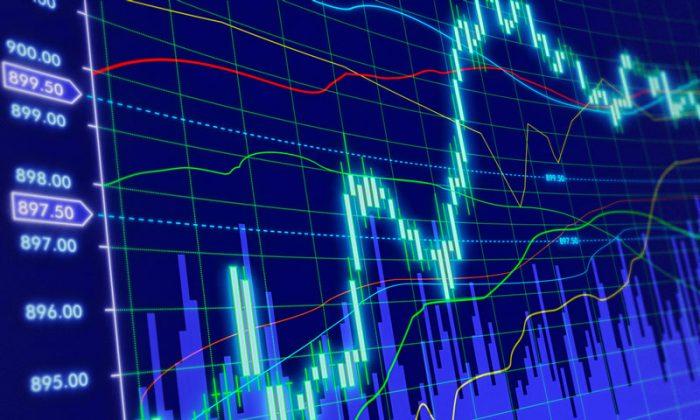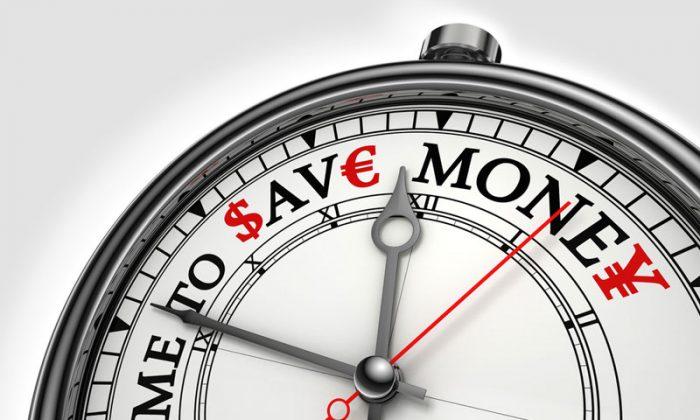Before going passive, investors need to check under the hood and examine expenses, says Morningstar’s Christine Benz.
Video Transcript
Jason Stipp: I’m Jason Stipp for Morningstar. Several indicators are showing increasing numbers of investors moving into index funds. So, what should you keep in mind if you’re one of them? Morningstar’s Christine Benz, our director of personal finance, is here with some tips.
Christine, thanks for joining me.
Christine Benz: Jason, great to be here.
Stipp: So, how big is this trend? What are some of the indicators of the money that’s flowing from active into passive investments?
Benz: It’s a huge trend. Our research analysts have been monitoring this really closely. When we look at the outflows from actively managed U.S. equity funds over the one-year period through early December, roughly $92 billion in assets left actively managed U.S equity funds, and then about $160 billion in new flows went into passively managed U.S. equity products--both traditional index funds and exchange-traded funds. So, this trend appears to be here to stay because we’ve seen it unfolding over a period of several years, but it’s even picking up in pace over the past year.
Stipp: In general, I think we would say that this is probably a good thing for investors as a lot of these index funds are low cost and broadly diversified.
Benz: Absolutely. When you look at the data on active management, what you see is that historically the typical active manager has not been able to beat his or her benchmark. So, I think, in a lot of ways, individual investors and financial advisors and institutions are making a really rational choice here. They’re saying if we can’t beat the market, perhaps we can just join it, earn our fair share, and try to keep our costs down as much as we possibly can.
Stipp: So, if you are moving into an all-index portfolio, you likely are paying lower fees, you are getting good diversification from those funds, but there are a few things to keep in mind so that you can have a good experience in these funds as an investor. The first one is to know that these funds will be fully invested, so they are not going to have a cash stake on the side.
Benz: That’s right. So, when you think about active funds, this is potentially one of the better arguments for having any active fund in your portfolio. The manager can identify perhaps when his or her asset class is looking a little bit frothy and can hold some cash during those periods, and then put it to work when that security type gets cheaper.
When we think of the characteristics of some of the better-performing active-fund managers, this is where they’ve really earned their keep--in periods of market duress, when they have been able to let cash build. So, you think of the team running the various Yacktman products, for example, or you think of Steve Romick at FPA Crescent (FPACX) as managers who have historically been able to protect their shareholders a little bit on the downside. That’s not something you’re going to get with index funds.
What you will get, though, on the flip side is that you will get that full-on participation in market rallies. And that’s one of the reasons why when we look back over 2014, for example, index funds performed very, very well--in part, because the market performed well, too. So, those index funds fully participated in that period of gains for stocks.
Stipp: If you own an actively managed fund, it’s obviously important to know the manager, the manager’s strategy, and how the portfolio might change. But if you own an index fund, you also really need to look under the hood and understand what assets that index fund actually has.
Benz: That’s right. So, even a fund seemingly as simple as a total bond market index fund might be missing some things that investors would expect it to have. A total bond market index fund isn’t going to have exposure to Treasury Inflation-Protected Securities; it won’t have exposure to high-yield bonds; it won’t have exposure to municipal bonds, which you may or may not expect to be there.
The MSCI EAFE Index, which is kind of the main index for international exposure, does not include emerging markets. So, you do need to have at least a basic understanding of what’s in the portfolio. Certainly, if you’re venturing into an index product that tracks a narrower segment of the market, you need to roll up your sleeves even more, because some of the sector-focused index funds, for example, might be heavily concentrated in just a handful of stocks. So, you need to understand what you’re getting even if the label of the fund seems pretty self-explanatory.
Stipp: And index funds often are mentioned as having low fees, but it’s not necessarily the case that every index fund you encounter is going to have a rock-bottom expense ratio.
Benz: That’s right. There are some funky index funds out there--some have leverage or use other arcane strategies. Those strategies tend to jack up costs. In fact, about 20% of index funds actually have higher costs than their category averages. So, not every index fund is cheap, although certainly the big broad market index funds that tend to be the most widely owned these days do have very low costs. We’ve seen these cost wars break out, and investors seem to be choosing the cheapest products. And advisors certainly do, too, because many of them have a fiduciary obligation to their clients to put them in the best investment for them--and if it’s an index product, generally speaking, that ought to be the cheapest.
Stipp: Lastly, when it comes to portfolio planning, index funds can be a great choice; but you still have to make portfolio decisions--how much to put in, what kind of asset class, how much to put in another kind of asset class--for most of the index funds you might buy.
Benz: Right. Those basic asset-allocation decisions will still be there for index-fund investors. Even though index funds are a great way to simplify your investing life, you still have to decide on that baseline allocation. And importantly, you also have to periodically rebalance that portfolio to get those asset allocations back in whack. The typical portfolio that was 50% equity/50% bond five years ago is now about two thirds equity. If you’ve been doing nothing with that portfolio, you probably have more in equities than you expected to. So, you definitely have to do that initial asset allocation as well as that ongoing portfolio maintenance.
Stipp: And in some respects, that asset-allocation decision-making is going to be the biggest component of your portfolio returns--whether you have active or whether you have index funds.
Benz: That’s absolutely right. Savings rate and asset allocation [are more important]. Security selection will tend to be a less important variable.
Stipp: All right, Christine. Thanks so much for your insights on index investing.
Benz: Thank you, Jason.
Stipp: For Morningstar, I’m Jason Stipp. Thanks for watching.






Friends Read Free